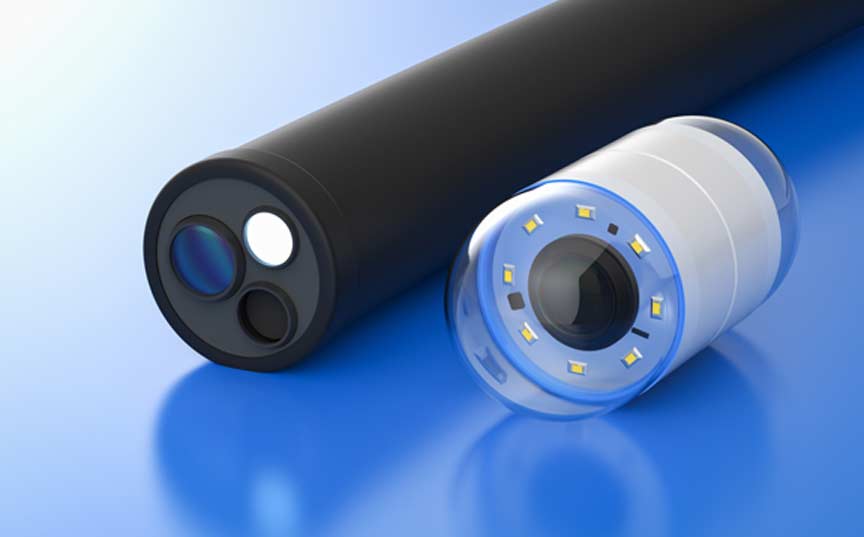
Functional endoscopic sinus surgery treats the underlying source of sinus-related symptoms in an effort to fully restore sinus functions.
With sinus-related procedures, results are more likely to be positive if the techniques used are as precise and minimally invasive as possible. This is the goal with functional endoscopic sinus surgery.
Who Needs Functional Endoscopic Sinus Surgery?
This type of sinus surgery is usually reserved for patients with chronic rhinosinusitis (CRS), an inflammatory condition that affects nasal and sinus mucosa. It’s condition that may result in facial pressure, nasal drainage, some type of nasal obstruction, a reduced sense of smell (hyposmia), or the complete inability to smell (anosmia).
What Happens Before Surgery?
A positive diagnosis of CRS needs to be made first since the symptoms related to this disease can be similar to other sinus conditions, such as chronic sinus infections. Antibiotics and other medications are usually all that’s needed to control symptoms related to CRS.


Functional endoscopic sinus surgery may be recommended, however, if a blocked sinus passage that’s slowly and progressively filling with mucus needs to be drained. CRS typically affects the paranasal sinuses located around the eyes. For this reason, early intervention to drain swollen sinus passages is necessary to prevent pressure from building around the eyes or brain. A pre-surgery evaluation usually involves:
- A nasal endoscopy to view nasal and sinus passages
- A physical examination and medical history review
- A review of previous CT scans (if available)
- A new CT scan if a recent one is not available
How Is Functional Endoscopic Sinus Surgery Performed?
Sinus surgery is usually performed under general anesthesia, although local anesthesia with intravenous (IV) sedation is sometimes an option. The surgery itself is performed with small instruments and a specially designed lighted scope with an attached lens (endoscope).
The scope is flexible enough to be inserted through the nostrils up into the affected sinus cavity. Real-time images produced by the scope are viewed on a monitor to allow the surgeon to make precise movements with the instruments to drain the mucous. It may also be necessary to repair the nasal septum and reduce the size of nasal cavity structures called turbinates.
What Happens After Surgery?
Material that will eventually be dissolved or absorbed by the body may be used to control bleeding in the sinus cavities. Traditional nasal packing may be necessary if the nasal septum has to be repaired during functional endoscopic sinus surgery. It’s normal to experience bloody discharge from the nose for a few weeks after surgery. In addition to routine post-op visits, post-surgery care may involve:
- Nasal irrigations
- Oral antibiotics and pain medicine
- Inspection and cleaning of the sinus cavities
- The removal of early scar tissue
As is the case with other types of surgery, functional endoscopic sinus surgery does present certain risks. However, precautions are taken to ensure patient safety at the Nasal & Sinus Surgery Center. If you respond well to this approach to sinus surgery, it’s still important to be cautious about sinus infections and exposure to germs, air pollutants, secondhand smoke, and other possible irritants that could affect your sinus and nasal passages.
